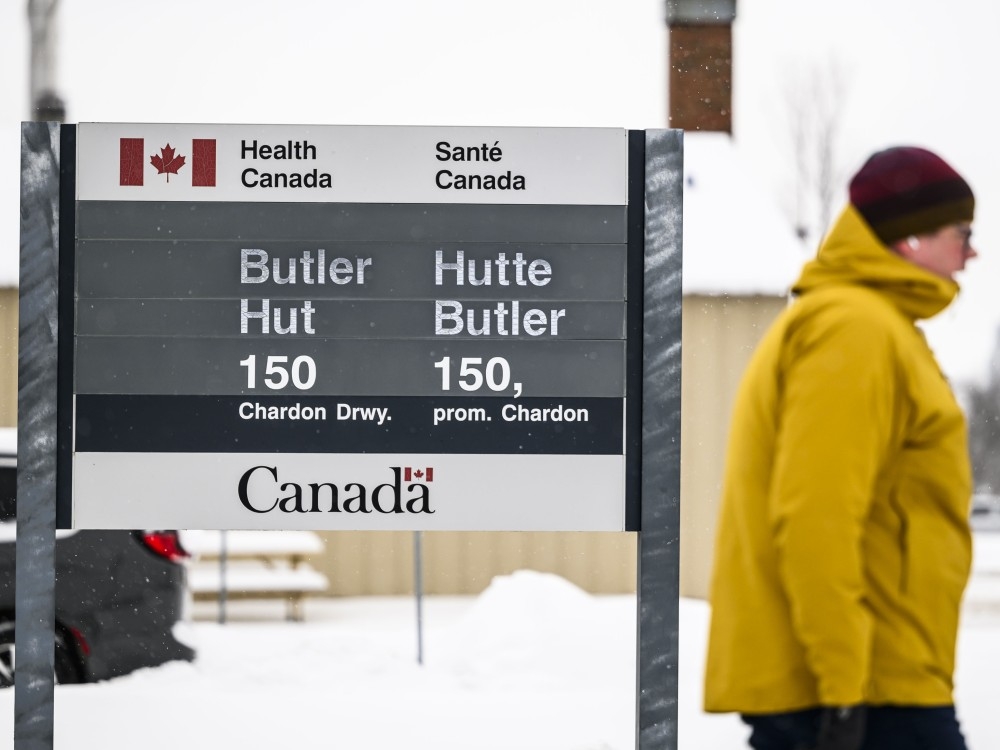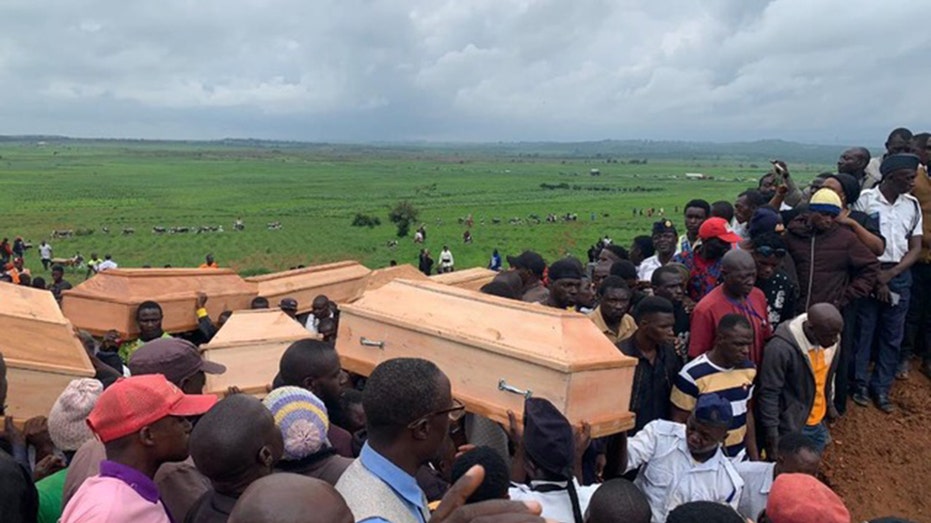A staggering twenty million dollars worth of vital pharmaceutical products has been lost from Canada’s national emergency stockpile, the result of a critical, yet unexplained, “temperature deviation.” The revelation surfaced within the recently released public accounts, raising urgent questions about the security and management of this crucial national resource.
The lost inventory includes essential vaccines and other medications carefully maintained within a network of warehouses spanning the country. These facilities aren’t simply storage units; they represent a lifeline, a carefully constructed defense against unforeseen public health crises and national emergencies.
This stockpile wasn’t born from a recent concern. Its origins trace back to the Cold War, initially conceived as a response to the unthinkable – a nuclear attack. Over time, its purpose evolved, adapting to meet a wider range of threats, from devastating disease outbreaks like SARS and COVID-19 to the chaos of natural disasters.

The COVID-19 pandemic exposed critical vulnerabilities within the system. Reports surfaced of expired N95 masks and depleted supplies, highlighting a failure to adequately replenish the stockpile even before the world faced a desperate scramble for protective equipment. Public outcry followed, demanding accountability and reform.
A subsequent review revealed a system plagued by aging infrastructure and outdated technology. Warehouses were deteriorating, and information management was woefully inadequate. In response, the government invested in a modern, purpose-built facility equipped to handle sensitive biomedical equipment, a significant step towards modernization.
The stockpile now encompasses a vast array of essential supplies: ventilators, life support systems, personal protective equipment, diagnostic tools, even fully equipped mini emergency triage clinics. It’s a complex logistical undertaking, currently occupying twenty warehouses and over 1.7 million square feet of space – a dramatic expansion from the eight warehouses available in 2019.
Despite the significant loss, officials insist the stockpile’s overall capacity to respond to public health events remains intact. However, the agency remains tight-lipped about the specifics of what was lost, citing national security concerns. This lack of transparency fuels anxieties about the true extent of the damage and the potential impact on future emergency responses.
Interestingly, a proactive measure has been implemented to prevent future waste: the stockpile is now actively donating medical materials before their expiration dates. This represents a shift towards responsible resource management, aiming to maximize the utility of these life-saving supplies.





